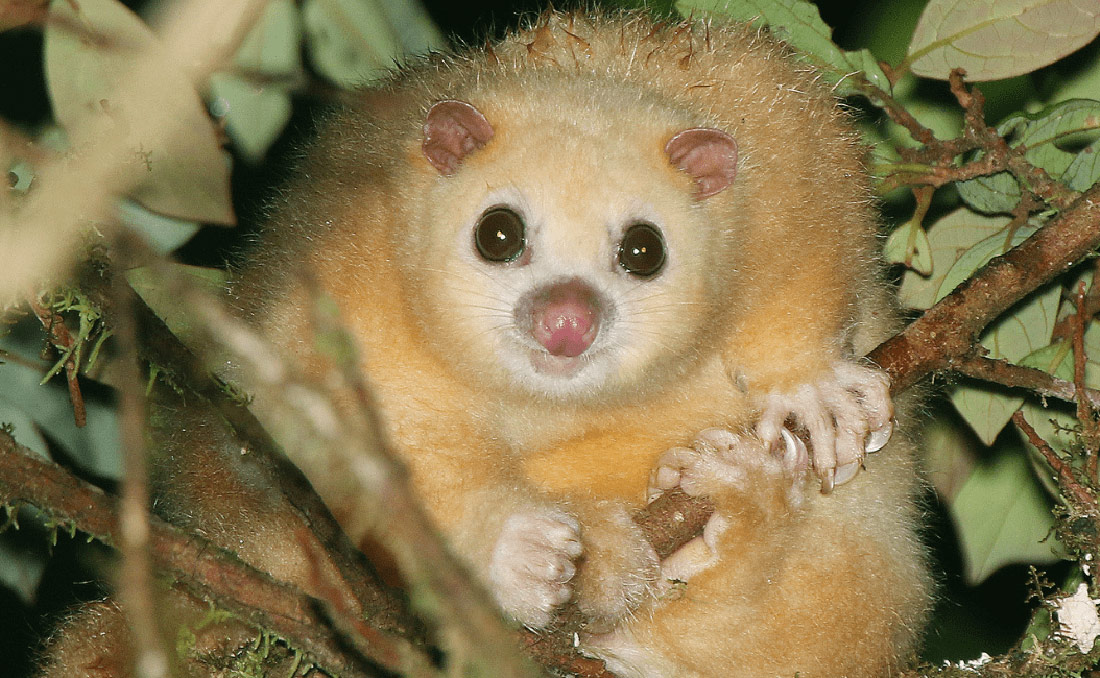
Words by Jamie Jansen
-----------------
Terry Carmichael’s odyssey through our rainforest’s wonders and challenges
Embarking on a Port Douglas journey often goes hand in hand with an adventure to the magical Daintree Rainforest. But did you know that this rainforest escapade is just a small part of something much more majestic? Stretching an incredible 450 kilometres and covering approximately 900,000 ha between Townsville and Cooktown, it’s referred to as the Wet Tropics World Heritage Area.
Despite occupying a mere 0.12 percent of Australia’s landmass, it boasts the title of the nation’s most biodiverse region, housing an abundance of unique plant and animal species found nowhere else in the world.
This expanse holds global significance. In fact, the International Union for the Conservation of Nature ranks it as Earth’s second most irreplaceable natural world heritage area.
Meet Terry Carmichael, a seasoned naturalist and a local to the area with more than 30 years of experience studying Far North Queensland’s nature.
As Senior Project Officer at the Wet Tropics Management Authority, he plays a pivotal role in safeguarding the Wet Tropics, fulfilling Australia’s conservation commitment.
A masterful storyteller, Terry enjoys educating the public about the global importance of the Wet Tropics World Heritage Area and the effects of climate change on this region.
Driven by a deep passion for nature, Terry will unveil the captivating narratives of the Wet Tropics. Brace yourself to explore its lively past, discover its unique wonders, and meet the extraordinary creatures of this haven. But be ready to face the challenges that put their survival at risk.

